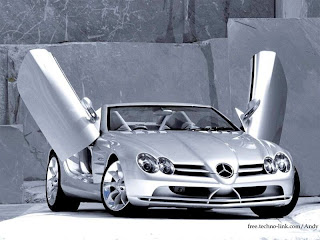



You can customize your car stereo system by adding more features to what was originally installed by the manufacturer.
The main part of the car stereo is called the head unit, which may be a CD player, a radio or a tape player. In the olden days, there were tapedecks that were used as the head unit.
Advancements in acoustic technology have led to more improvements in the head unit, such as MP3, AAC and WMA, to support to the CD players. Most cars are designed with a CD changer, wherein multiple disks are held in the head unit.
There is a growing demand for high-end car stereo systems with component speakers, which are available in a combination of 2 or 3 speakers.
You need to be sure that you select the correct system, and for this it is always rewarding if you consult an expert. Selecting a good stereo system will go a long way in attaining your goal–listening to good music at all times, whether on the move or in the parking slot. The head unit or the CD player should have sound adjustments. The amplifier can be fixed under the seat with connections to the player.
Good quality cabling, wiring, and gold-plated terminals are a must in maintaining good-quality sound. Talking of crossovers, it is enough if you have passive ones. They help in listening to music so smoothly and correctly that you can hear even small sounds like a hiss.
Of late, there is a growing demand for quality in-car entertainment systems. The focal point of technologies in the automobile industry has been the car stereo systems. Before installing an audio system, check your vehicle’s electrical capability to handle the audio system.

.JPG)
.JPG)









